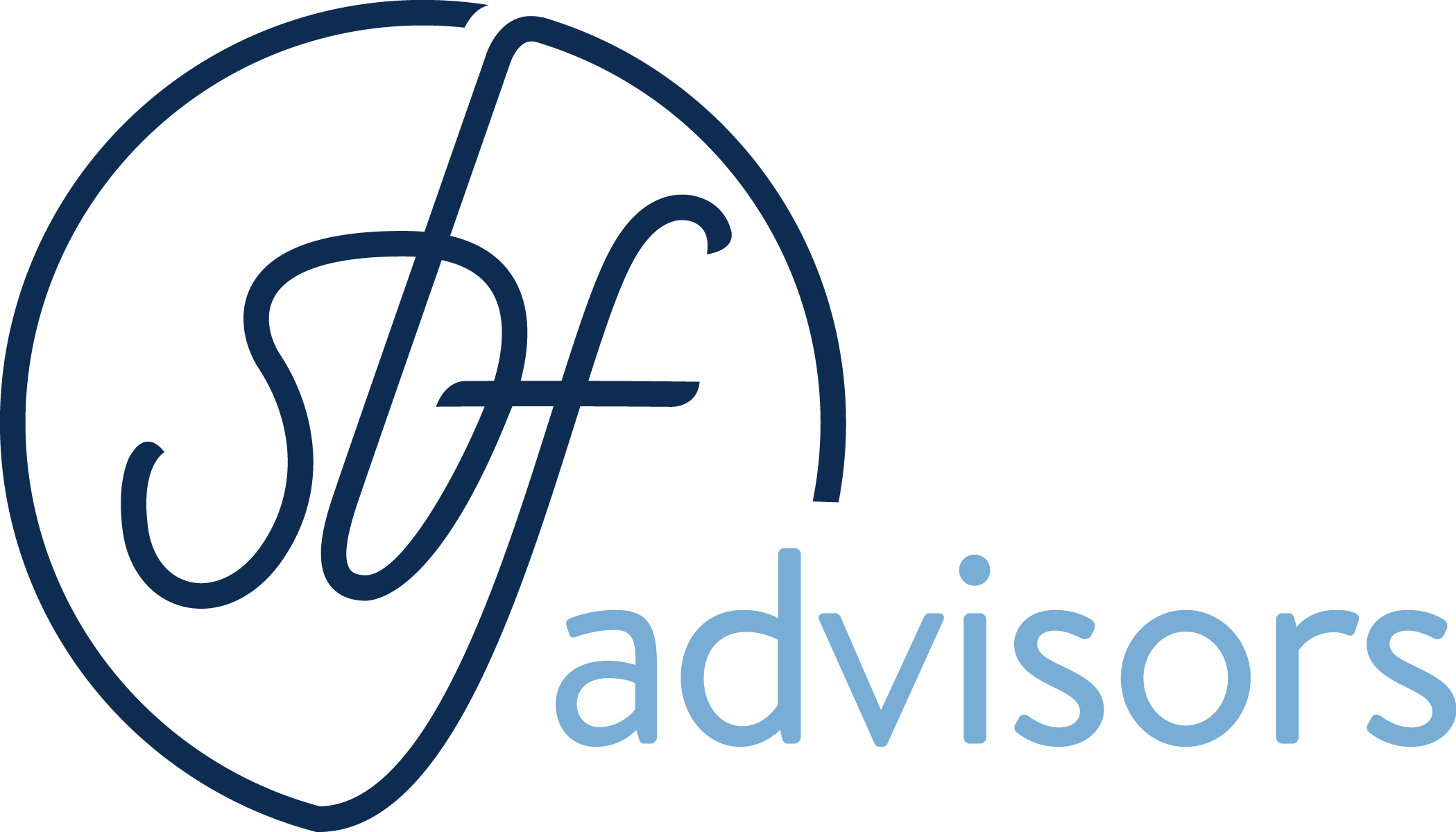What the Secure 2.0 Act May Do for Your Retirement Plans
Individuals and business owners will see new provisions that may make saving easier and more fruitful.
How you save for retirement — and, if you’re a business owner, how you pay into your employees’ accounts — may be getting an upgrade over the next few years. At the end of 2022, more than 90 updates to the federal SECURE Act passed as part of a major consolidated appropriations bill. This “SECURE 2.0 Act” will roll out incentives for employers to offer and improve upon employee retirement plans, with new provisions coming online through 2027 and beyond.
Effective on the law’s passage or starting this year, employees and employers that offer retirement plans are entitled to…
• More options to incentivize retirement savings: In addition to matching contributions, employers will also be able to offer modest financial incentives, such as gift cards, to encourage employees to participate in retirement planning.
• Administrative credits for small businesses: More funding will be available for employers with fewer than 100 employees to cover start-up costs for administering retirement plans.
• Increased limit on catch-up contributions: Plan participants over age 50 will be able to add up to $7,500 more to their 401(k), and this amount will grow to $10,000 annually for participants ages 60 to 63 in 2025.
• Opt-in Roth treatment of employer contributions: If an employee is 100 percent vested when they contribute to their retirement plan, they will be able to change matching and nonelective employer contributions to after-tax (Roth) status.
• Extra time for required minimum distributions: This two-phase shift will increase the age at which a plan participant must begin taking distributions from age 72 to 73. In 2033, the age will be raised to 75. Penalties for not taking RMDs will also be reduced.
Starting in 2024:
• Student loan payments as matches: If an employee is still paying off student loans and cannot contribute to a retirement account, an employer will be able to count those loan payments as if for a retirement account and match them.
• Emergency savings get easier: After-tax contributions to an emergency saving account, exceptions for early withdrawals and a streamlined process for transferring emergency savings into a retirement fund will cut down on stress around unplanned major costs.
From 2025 through 2027:
• Retirement plans become opt-out: Employers will offer automatic enrollment in a retirement plan at between 3 and 10 percent of eligible wages. Anyone who opts out or withdraws funds within 90 days of the initial contribution will no longer be subject to an early withdrawal penalty.
• Contributions increase with service record: For every year an employee works, the employer’s match to a retirement plan will increase by 1 percent up to 15 percent of eligible wages.
• Part-time employees become eligible: Long-term employees without enough hours to be full-time will be able to participate in an employer’s retirement plan, after two years.
• Streamlined database for easier management: Retirement plan participants and/or beneficiaries will have better access to their own information via an online searchable database; sort of a retirement savings “lost and found.”
• Lower-income earners get federal matches: Starting in 2027, the current Saver’s Credit becomes the Saver’s Match, as certain income brackets become eligible for up to $2,000 or 50 percent of an employee’s contributions to a retirement fund from the federal government.
Certain exceptions do apply, but whether you’re an individual or a small business owner, it’s worth talking to a financial adviser, lawyer or other professional for guidance on how the SECURE 2.0 Act will change your calculus on retirement savings.

